Tag: drawing
-
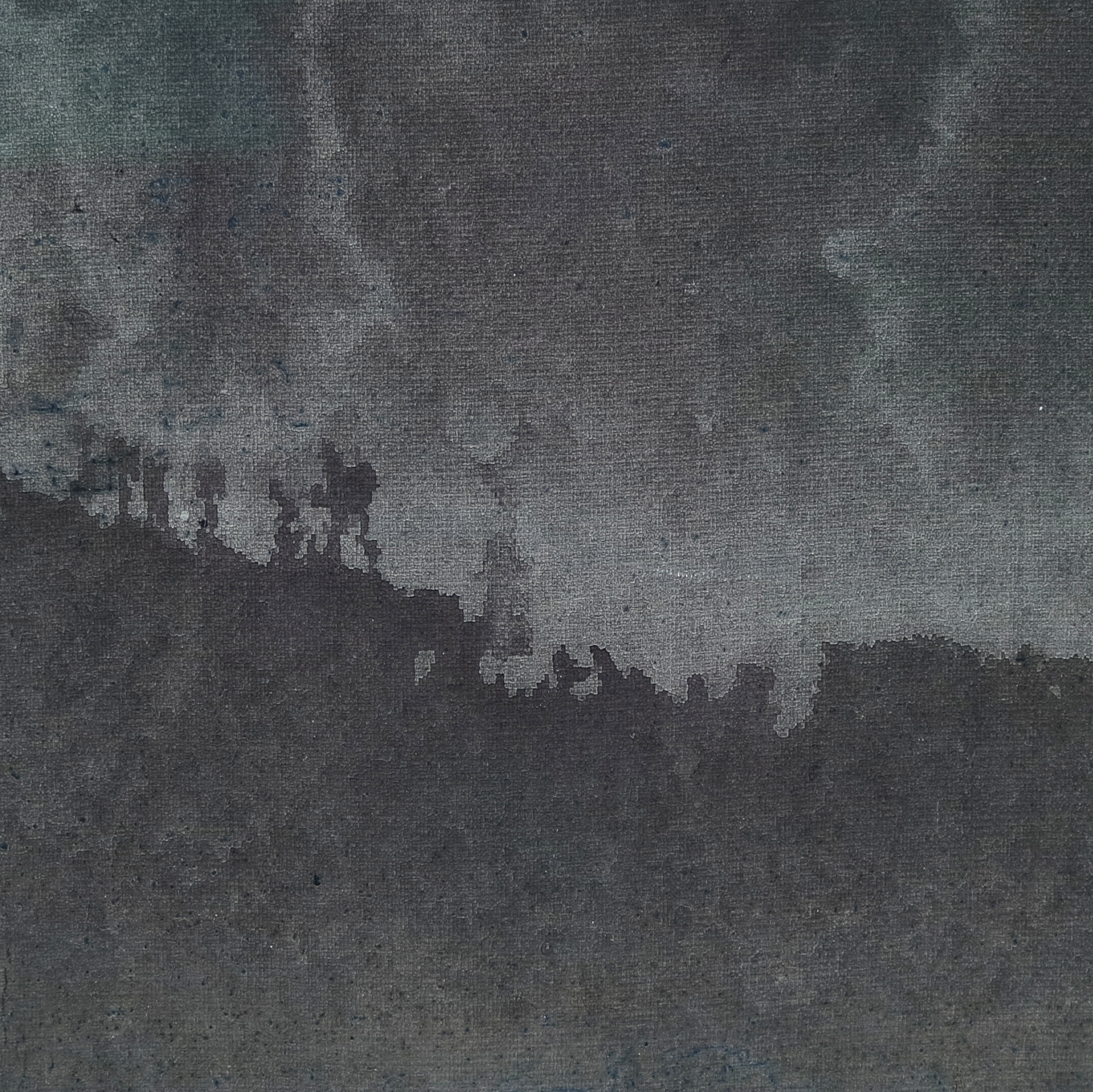
The World Without Us
Deborah Westmancoat is a British contemporary painter based in Somerset, UK. She has a long term interest in alchemy and the philosophical sciences and how they help us to understand landscape and our place within it, particularly how the traditionally held metaphysical stages of alchemy: nigredo (blackness), albedo (whiteness), citrinitas (yellowing) and rubredo (redness) might…
-

Asterisk
High electric masts broadcast the turnpike’s hyphenations: Flat, dashed boxy. Their bold yellow glow adumbrating distance, blinking smaller then vanishing. The slow-going traffic signals our taking it for granted, this mousetrap of freeways diverging to crowded intersection, their outer limits disappearing into darkness. While the avenues less taken are singled out and swarmed, I reassess…
-

Extinction and the Image
Animals. The non-human kind. They are everywhere in an increasingly virtual world and more often not there in reality. Our eyes and minds seem instinctively to search out and recognise animal forms. Whether we experience a physical encounter or one mediated through the image, animals are insistent to us in their familiarity. So too in…
-
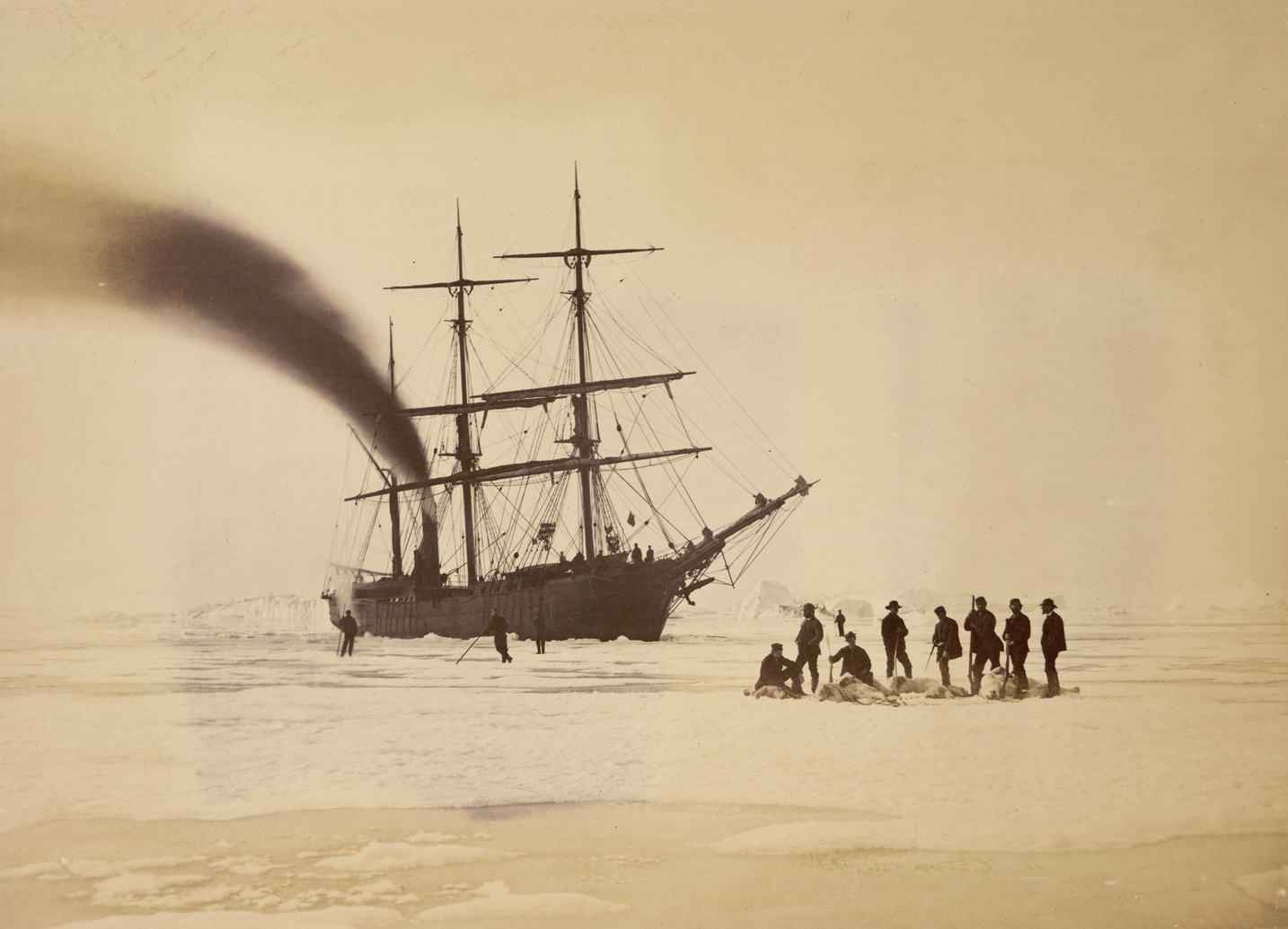
Lines in the Ice
Human Marks in the Ice Ships fighting against a freezing sea. Masts and ropes caked in ice. Crews of men hauling sledges over crumpled and broken landscapes. These are the mental images conjured when many think of the Arctic and the history of its exploration by Europeans, Russians and Americans. However, this is not the…
-
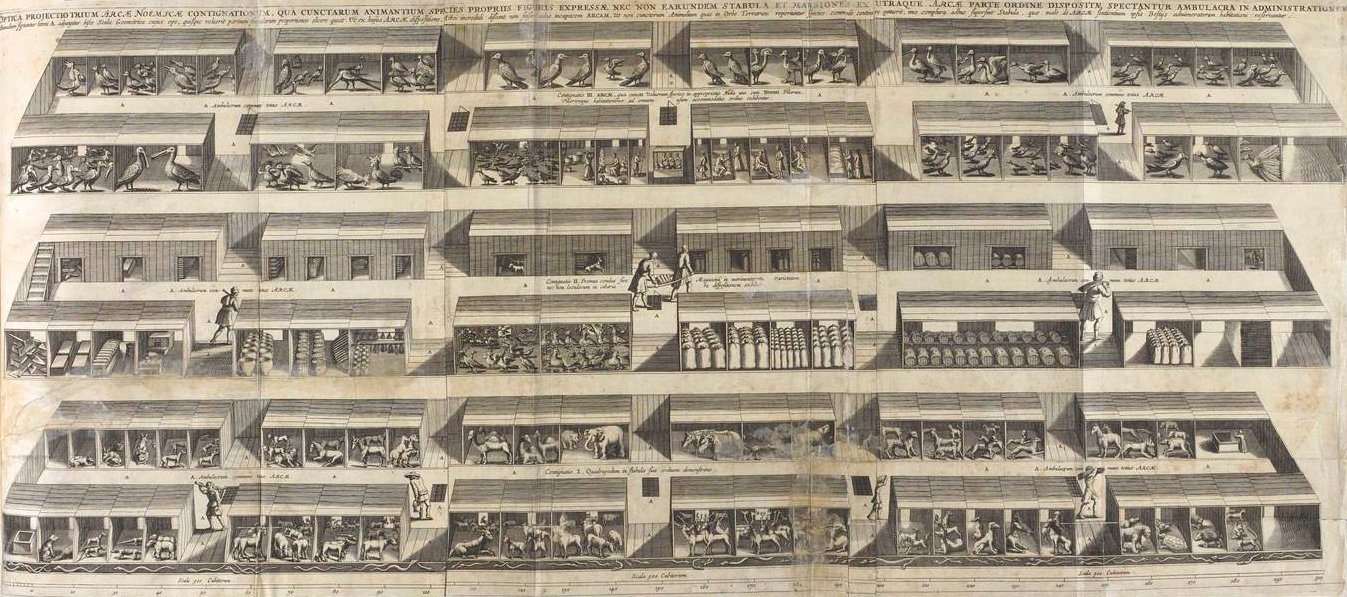
The Paper Zoo
Choosing to draw: philosophy and aesthetics Whatever else the Romans may have done for us, teaching us to draw was not one of their gifts. The two great works of classical scholarship on animals were Aristotle’s History of Animals, and Pliny the Elder’s Naturalis historia. Neither Pliny nor his Greek predecessor included any illustrations in…
-
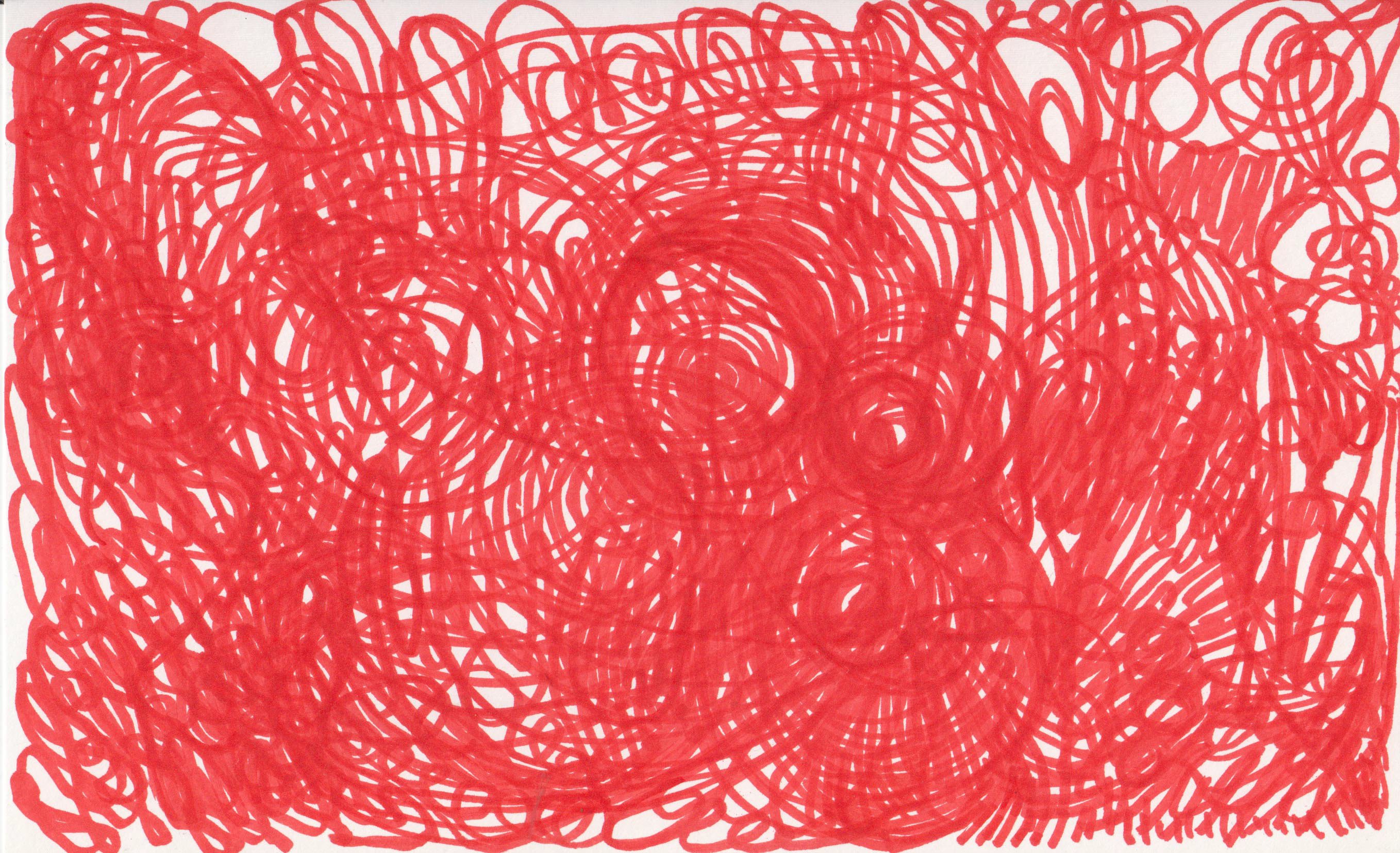
A Dys-Praxic Sketchbook
I used to think that the only skill I had was drawing. It was only much later that I realised that it was simply the only skill that I had experienced difficulty in acquiring and yet had not given up on. It was also my only physical skill. Under most of the circumstances I encountered…
-
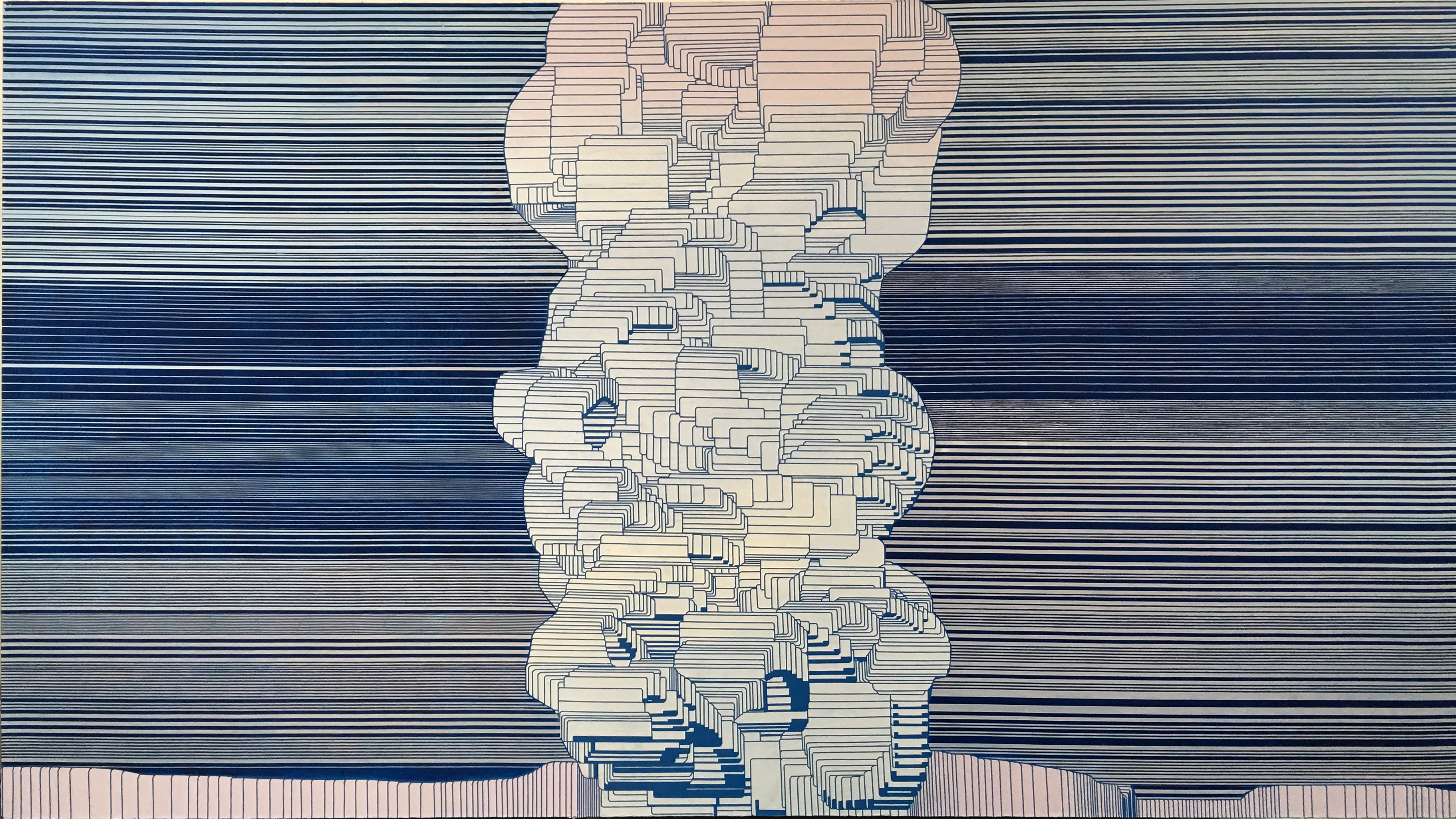
Duelling Hagiographies: Mao and Modernism
The world is yours as well as ours: a statement in which ancestry maintains a dialectic with reconstruction; engineered to mobilise disjunctions with the past over a period spanning sixty years. An exploration of abstraction within contemporary Chinese painting, the exhibition shares its title with a work by Jiang Zhi, one of nine artists commanding…
-

Isomorphology
For interdisciplinary artist Gemma Anderson, drawing is a mode of knowing and seeing. While drawing is often understood in terms of isolated observation, by sharing the process with a community, for Anderson, it becomes a type of agency for collective knowledge and critical vision. Drawing therefore functions as a bridge between public and private, between…
-

Revisiting Unknown Places
The art of Maria Pääkkönen concerns itself with a reciprocal relationship between drawing and place. On the one hand is the drawing of the place – that which is observed, recorded, remembered, evoked. On the other is the place of the drawing – its physical presence within the confines of the gallery. Somewhere in between…
-

HOUSEWORK
In November 2015, eleven artists took on a Victorian ruin. I was one of them. The resulting exhibition, HOUSEWORK, set out to re-inhabit the stripped-out terrace. In it, paintbrushes and brooms became interchangeable as artworks spilled out into architecture or architecture seeped into art. Words were regarded and discarded; sound waves scribbled in haste; phrases…
-
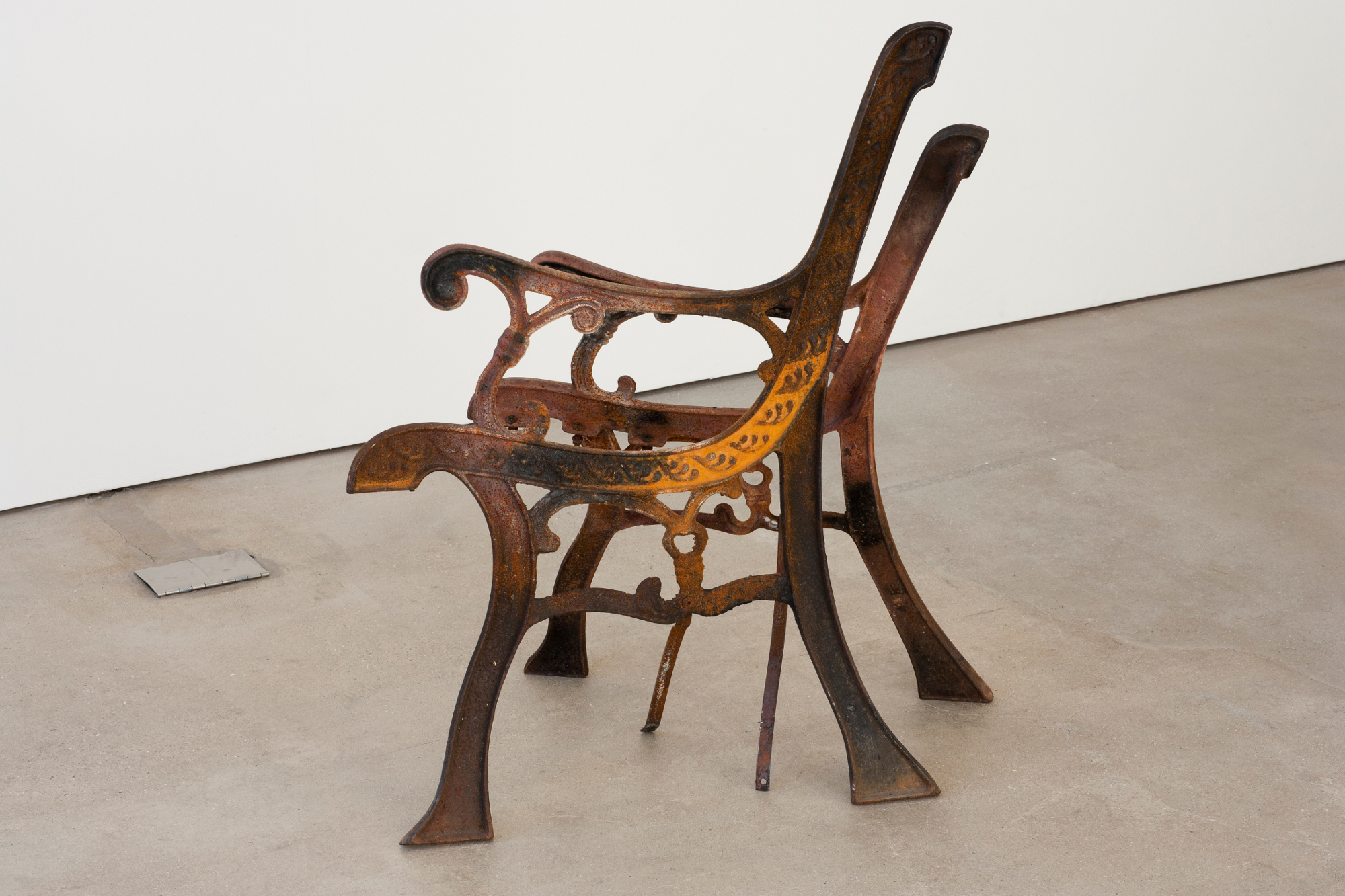
Bench
A little over eight years ago Jeppe Hein, the Danish installation artist, gave a presentation at the Barbican at which he talked about his Modified Social Bench series. His installation of outdoor benches, each of which was playfully altered to impair its functionality (one with exaggeratedly short or long legs, one apparently broken in two,…